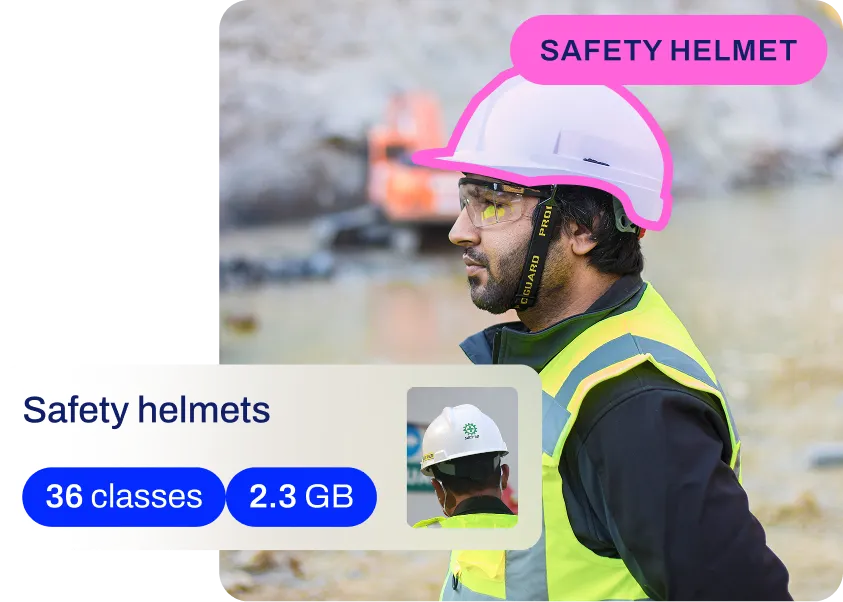Quantization-Aware Training (QAT)
Optimize AI models for edge devices with Quantization-Aware Training (QAT), ensuring high accuracy and efficiency in resource-limited environments.
Quantization-Aware Training (QAT) is a sophisticated
model optimization technique
designed to prepare neural networks for
deployment on hardware with limited computational resources. While standard
deep learning models typically process data using
high-precision 32-bit floating-point numbers (FP32), many
edge AI devices require lower precision, such as 8-bit
integers (INT8), to save memory and energy. QAT addresses the accuracy drop often caused by this conversion by
simulating the effects of quantization during the
training phase itself. This proactive approach allows the
model to adjust its weights to accommodate the loss
of precision, resulting in highly efficient models that retain their predictive performance.
How QAT Works
The core mechanism of Quantization-Aware Training involves inserting "fake" quantization nodes into the
model's architecture during training. These nodes model the rounding and clamping errors that occur when converting
FP32 values to INT8. During the forward pass, the model operates as if it were quantized, while the backward
pass—using backpropagation—updates the weights in
high precision to compensate for the simulated errors.
This process essentially fine-tunes the model to be robust against the noise introduced by reduced precision. Major
frameworks like PyTorch and
TensorFlow provide specialized
APIs to facilitate this workflow. By integrating these constraints early, the final exported model is much better
aligned with the target hardware capabilities, such as those found in
embedded systems.
Difference from Post-Training Quantization
It is important to distinguish QAT from
Post-Training Quantization (PTQ), as they serve
similar goals but differ in execution:
-
Post-Training Quantization (PTQ): Applied after the model has been fully trained. It analyzes a
small calibration dataset to map floating-point values to integers. While fast and easy to implement, PTQ can
sometimes lead to significant accuracy degradation in
sensitive models.
-
Quantization-Aware Training (QAT): Incorporates quantization into the training or
fine-tuning process. It is more computationally
intensive than PTQ but typically yields superior accuracy, making it the preferred choice for deploying
state-of-the-art models like Ultralytics YOLO11 in
mission-critical scenarios.
Real-World Applications
QAT is essential for industries where
inference latency and power consumption are
critical factors.
-
Autonomous Driving: Vehicles rely on
computer vision for tasks like pedestrian
detection and lane tracking. These systems often run on specialized hardware like
NVIDIA Jetson modules. QAT ensures that models
remain accurate enough for safety while being fast enough for real-time decision-making.
-
Mobile Healthcare: Handheld diagnostic devices often use
image classification to analyze medical
scans. Using QAT, developers can deploy robust AI models on mobile processors, such as
Qualcomm Snapdragon chips, enabling advanced
diagnostics without draining the device's battery.
Implementing Quantization with Ultralytics
While full QAT pipelines often involve specific training configurations, the ultralytics library
streamlines the export process to produce quantized models ready for deployment. The following example demonstrates
how to export a YOLO11 model to TFLite format with INT8 quantization,
preparing it for efficient edge execution.
from ultralytics import YOLO
# Load the YOLO11 model (latest stable version)
model = YOLO("yolo11n.pt")
# Export to TFLite with INT8 quantization
# This creates a compact model optimized for edge devices
model.export(format="tflite", int8=True)
Integration with Other Optimization Methods
For maximum efficiency, QAT is often combined with other
model deployment techniques.
Model pruning removes redundant connections before
quantization, further reducing size. Additionally,
knowledge distillation can be used to train
a compact student model, which is then refined using QAT. The final quantized models are compatible with
high-performance runtimes like ONNX Runtime and
OpenVINO, ensuring broad compatibility across
diverse hardware platforms from
Intel to
Google Coral.












